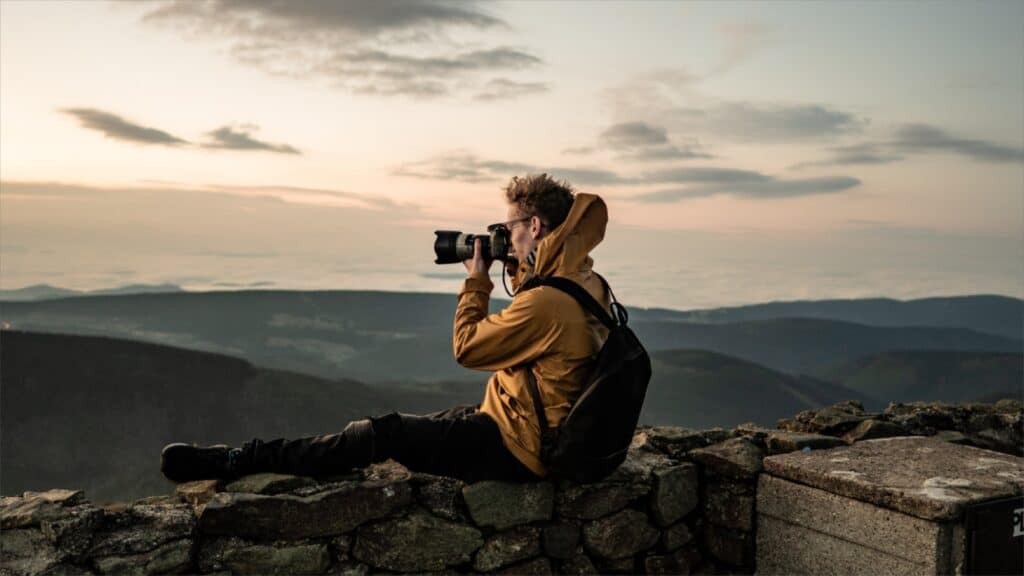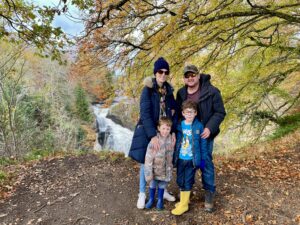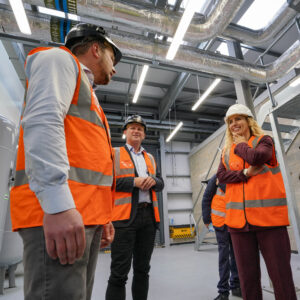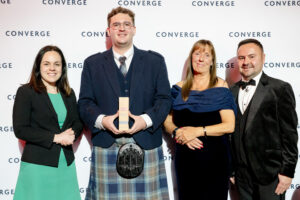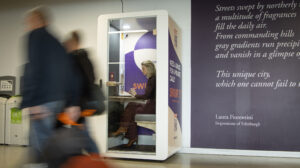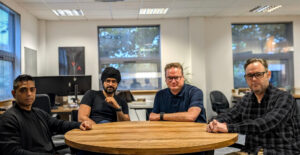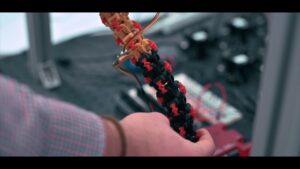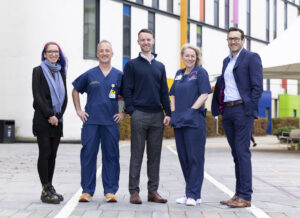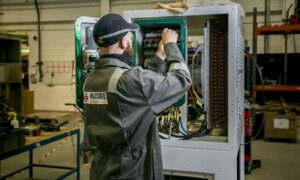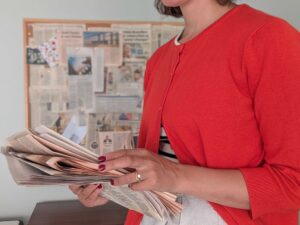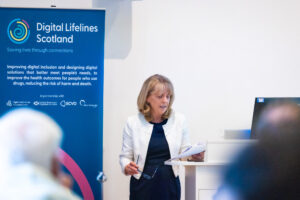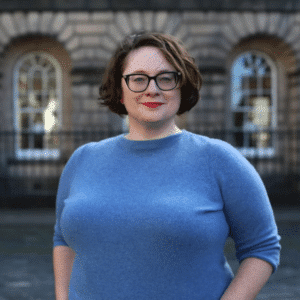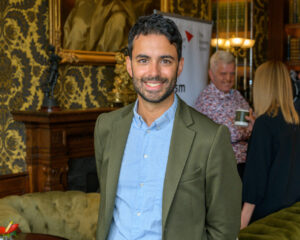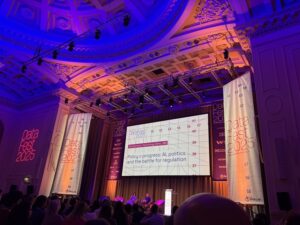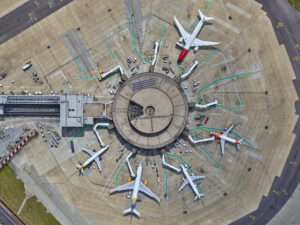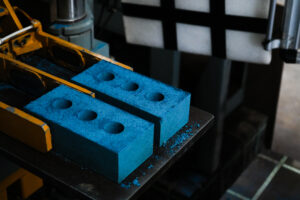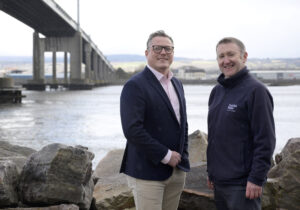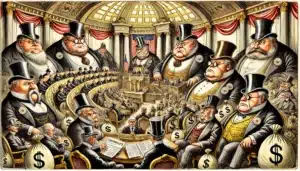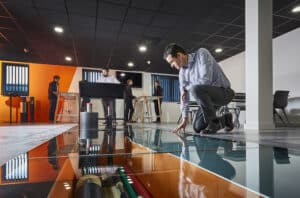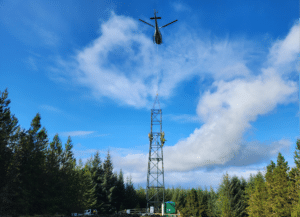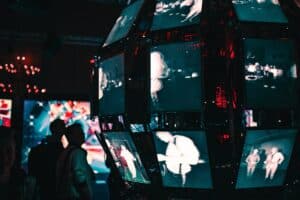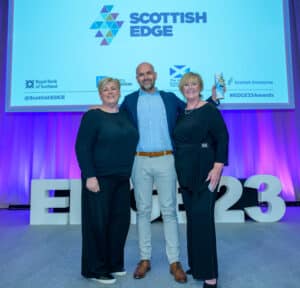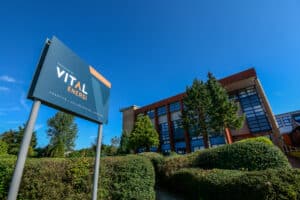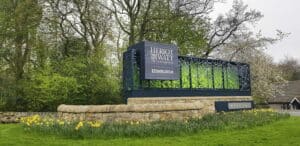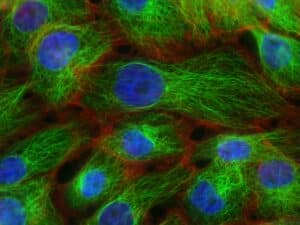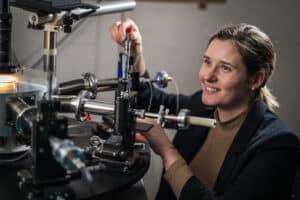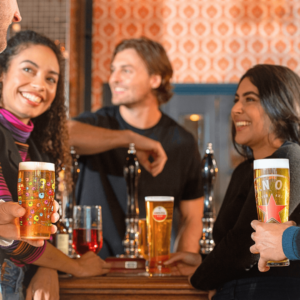The Picture Superiority Effect – well known in psychology – dictates that images are more likely to be remembered than words. So, it seems logical to tell a client’s story, at least in part, in images, in order to make it as memorable, relatable and accessible for their target audience as possible.
The human brain processes visual content 60,000 times faster than text, which means that, in a world where people are short on time and overloaded with data, an image might actually be the only information taken away from that major news announcement that your company has waited months to share. It is essential to make the picture a good one.
Peter Ranscombe, a freelance journalist, explained that a good image can be the difference between a story running and not running. “If two stories carry equal weight then the one with the better photo will make it into the newspaper, magazine, or website.
“Images are essential for most websites, so if you don’t have a good photo then chances are the story won’t run at all as most quality outlets won’t resort to stock images. For newspapers and magazines, the best spaces or slots for stories have an image linked to them, and so that’s where you want to be because it’s the point to which the reader’s eye is drawn when they look at the page.”
Photography crimes reported by journalists include images that are out of focus, pictures that are low resolution and even portrait shots when the journalist has requested landscape.
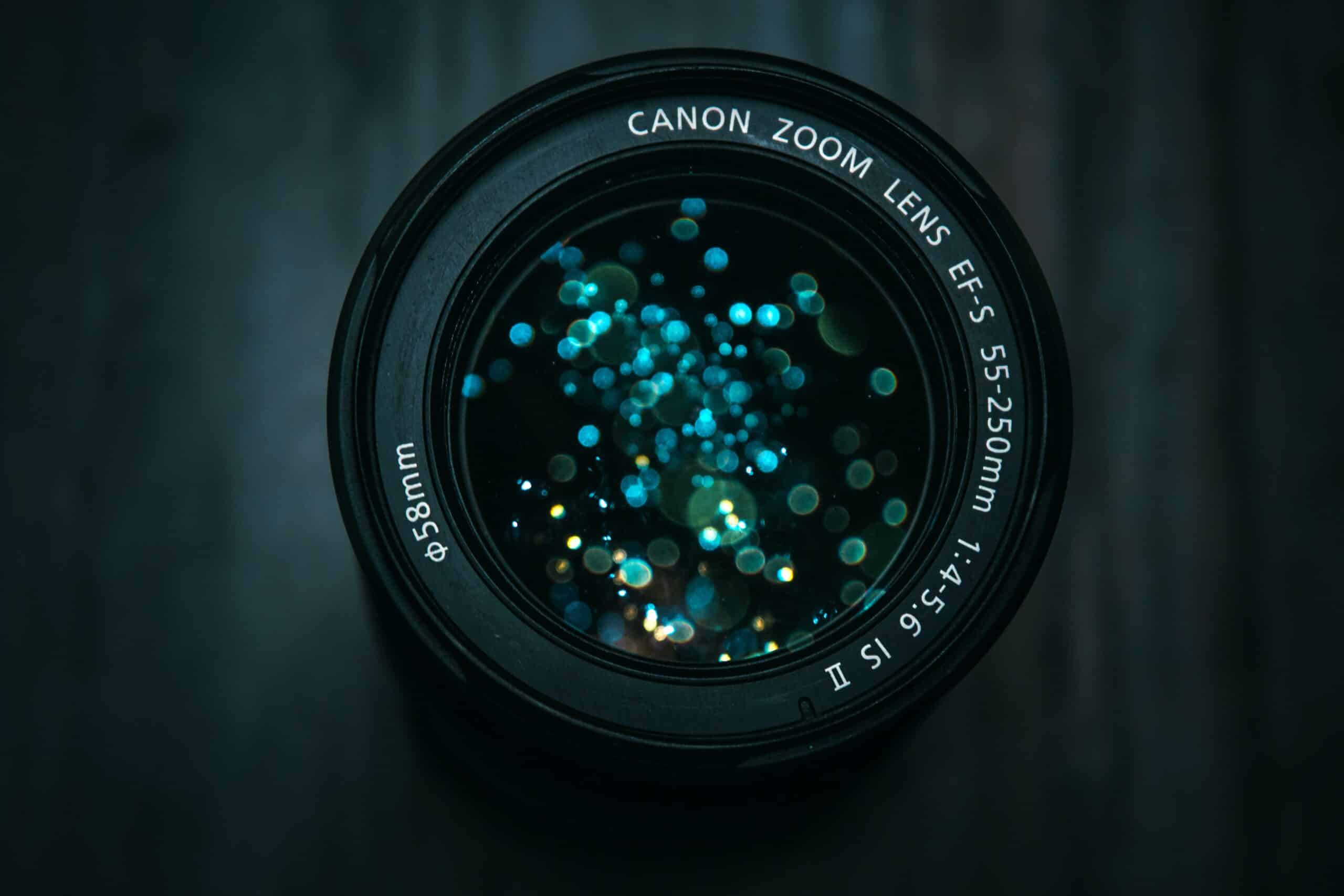
So, what can PR consultants do to maximise their clients’ chances of coverage?
Peter doesn’t waver in advising them to hire a professional photographer to take the picture. “If you want your story to have credibility then your image needs to have credibility too. Photographers will cover the basics – such as making sure the image is in focus and well lit – and will then bring creativity to the shapes and structures in the image, which is ultimately what catches the reader’s eye and therefore the editor’s eye.
“Most photos should have people in them – even if it’s a general shot of a shop, restaurant, or building. As humans, we’re drawn to look at other human’s faces. If a photo doesn’t have faces in it then it immediately slides down the list of priorities. There will always be exceptions to that rule, for example, product shots have uses that lifestyle shots don’t, but it’s a great starting place.”
In the age of social media, when the number of images shared online daily exceeds 3.2 billion, it is clear that pictures now serve as a vital endorsement of the message you wish to convey. Using a professional photographer to craft images that will represent your company with authenticity and sincerity will go a long way in lending your news story weight and help it stand out among the swathes of technology, economic, business and energy stories that journalists receive daily.
And where can businesses go for inspiration when it comes to organising new press photography?
“Some of the photos taken by Colin Hattersley to promote arts events are among the best images I’ve ever seen – and he comes up with even better ones each week,” confesses Peter.
With the 4.6 billion social media users globally now morphing into amateur photographers, and the challenge to grab the attention of busy editors on understaffed news desks as tough as ever, it has never been more important to employ professional photography to help your news story stand out.
This is your best chance of catching the eye of the editor, who will ultimately decide whether it will make it in front of a readership at all.

